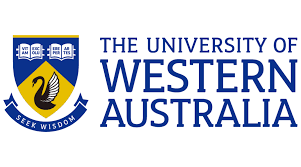University Of Western Australia Researchers Use 3D Imaging To Study Shipwreck Silver
An international team, including experts from The University of Western Australia, is using 3D imaging to take a unique look at priceless silverware from the Batavia shipwreck.
The Dutch East India vessel crashed into the Abrolhos Islands off the Mid West coast of WA in 1629 spilling treasures, including silver, into reef and the ocean bed. It wasn’t recovered until the 1970s.
Digital and metals specialists from the Rijksmuseum and University of Amsterdam and Arvi Wattel, an art historian and researcher from UWA’s Design School, have been working at Fremantle’s WA Shipwrecks Museum to record the objects.
Mr Wattel said it was an exciting project that had been delayed by the pandemic.
“We have all these specialists bringing their own expertise to work on these objects including bed furnishings, dishware and a jug,” Mr Wattel said.
“Silver is highly reflective so having them here in the museum is beautiful but you actually don’t see what is depicted on the engravings.”
He said the designs gave an insight into 17th-century trade when the Dutch were trying to cash in on the wealth of the Mughal Dynasty in India by creating precious objects for the potential market. Scenes popular in Europe at the time were changed to give a more Eastern look.
University of Amsterdam Professor of Physics and Conservation Science, Dr Robert Erdmann designed and built specialised equipment to help give a close up, 3D look at the objects.
“We have a special device that coordinates the camera with a very precise turntable, which is able to have a resolution of one millionth of a turn,” Dr Erdmann said. “So they move, take a photo, move, take a photo and that enables us to take a huge number of photos in a full circle.”
The Batavia’s silverware is the first Dr Erdmann has examined from a shipwreck.
“Shipwrecks have a fascination because it is a rare moment when you get a perfect freeze in time of the way things were then,” he said.

